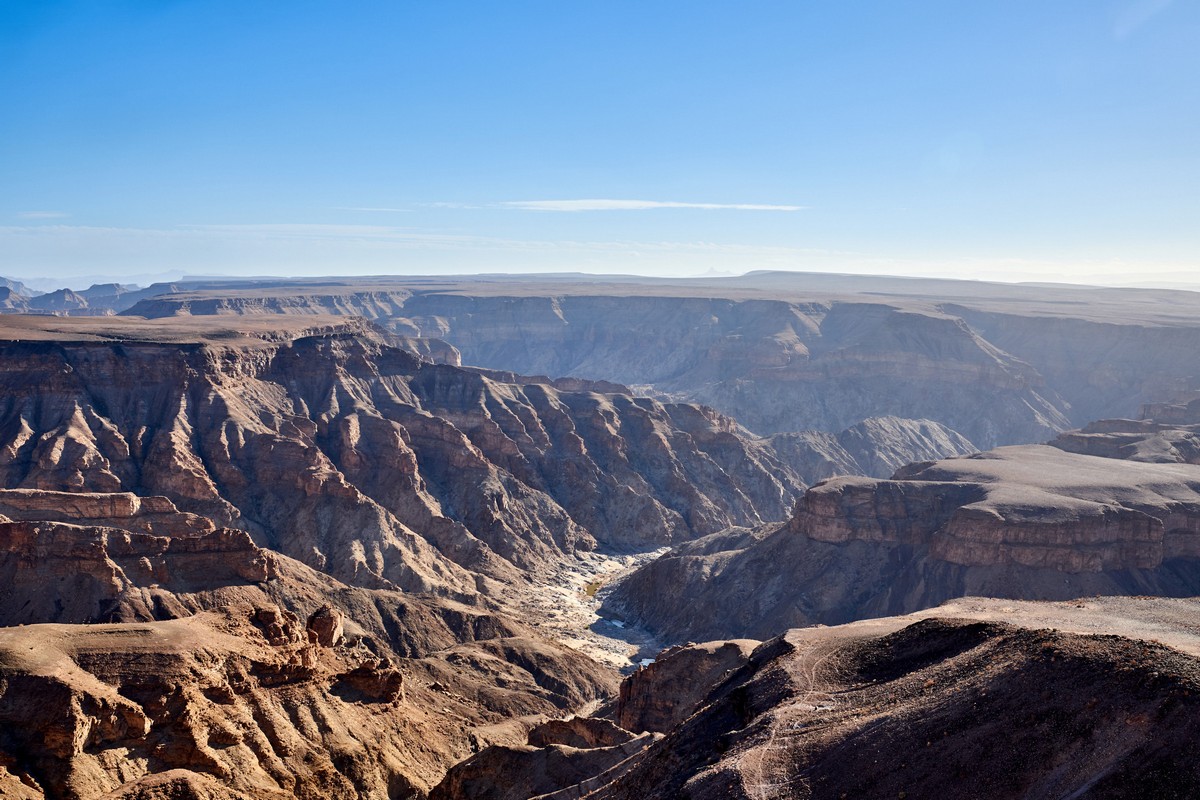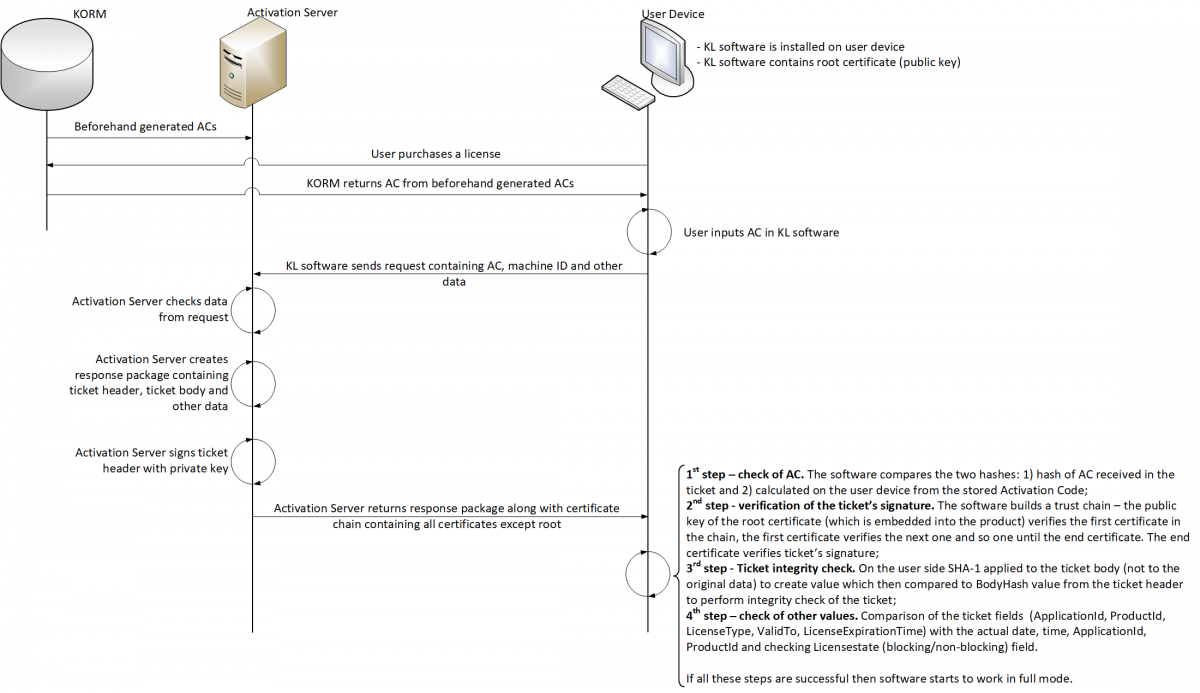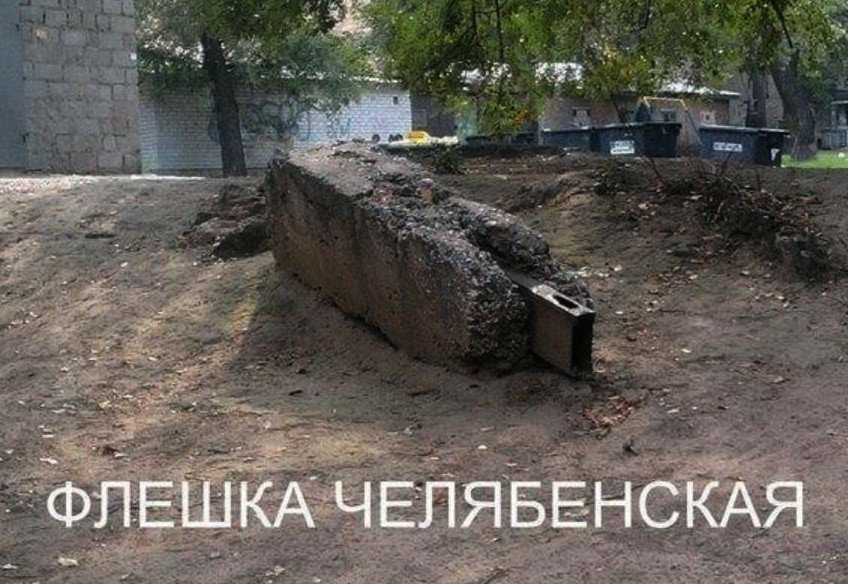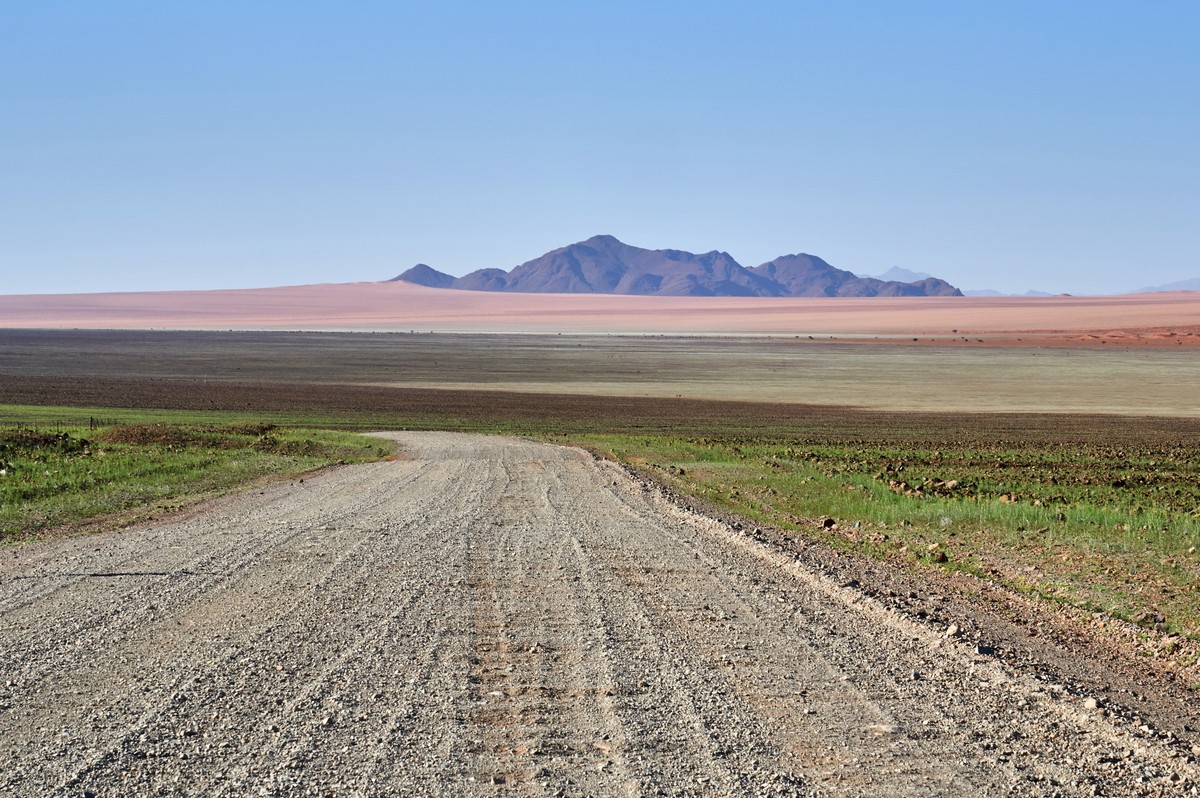It’s been a while since we’ve had any excavation news from the Minoan Bronze Age settlement of Akrotiri. But that doesn’t mean the archaeologists there aren’t still working away diligently. In fact, today I’ll show you how they’ve been continuing to expand our understanding of the ancient world.
You might be asking yourself: why Akrotiri, and not some other ancient city? Here’s a synopsis if you’ve missed my past posts.
In the Aegean Sea, the island of Santorini is probably best known for its Insta-friendly white houses, blue roofs, and breathtaking sunsets. But what a lot of people don’t know is that the island was once the site of one of mankind’s most significant natural disasters. Around 3,600 years ago, the Theran eruption destroyed a flourishing ancient culture. When excavations began here in the mid-20th century, archaeologists discovered an amazingly well-preserved city buried in volcanic ash, including two and three-story buildings. The settlement was incredibly advanced for the time, boasting structures with built-in sewage and water supply lines (I repeat: three thousand six hundred years ago!). Researchers have unearthed frescoes, pottery, furniture and numerous other artifacts attesting to the unbelievable cultural advancement of this ancient seaside society.
But when archaeology budgets were cut in Greece, excavations stopped due to lack of funding. Here and there some minor digging continued, but overall the project went into conversation mode. That’s where my obsession with the excavation begins, in 2006, when I first got acquainted with the settlement’s history. And when I put my mind to making the world a better place in some specific way, I get it done (or in this case, started!). So in 2016, lo and behold, excavations were resumed, after more than a decade, with our financial support! That’s how I ended up getting a chance to do a little digging myself, and dig I did! I even discovered a Cycladic statuette dated ~5,000 years old. Now every year we learn more and more about how the island’s ancient inhabitants lived.
So what were the highlights of 2019? There’s lots of fascinating progress to share in different areas:
Read on…
























